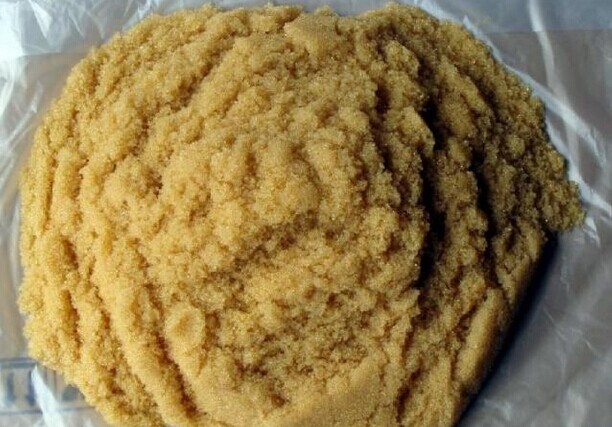成都森格尔环保科技有限公司
Chengdu senge environmental protection technology co.LTD
Consultation Hotline:02865357899
Production, Sales and Development of Ion Exchange Resin
成都森格尔环保科技有限公司
Chengdu senge environmental protection technology co.LTD
Consultation Hotline:02865357899
Production, Sales and Development of Ion Exchange Resin
Contact person: Manager Liu
Location: 028-65357899
Mobile phone: 15680686111
Mailbox: chengdu@sgrhb.com
Fax: 028-65357899
Email: chinaresin@sgrhb.com
Website: www.sgrhb.com
Website : en.sgrhb.com
Address: 79 Jiujin Street, Wuhou District, Chengdu City, Sichuan Province
Application of Ion Exchange Resin: Ion Exchange Resin, Ion Exchange Resin, Water Treatment.

(1) Environmental protection
Ion exchange resins have been applied to many environmental protection issues of great concern. At present, many aqueous or non-aqueous solutions contain toxic ions or non-ionic substances, which can be recovered by resins. Such as removing metal ions from electroplating wastewater and recovering useful substances from film production wastewater. Ion Exchange Resin, Softening Water Treatment Equipment
2) Water treatment has a great demand for ion exchange resins in water treatment field. Ion exchange resin is composed of classification name, skeleton (or gene) name and basic name. The pore structure is divided into two types: gel type and large pore type. All macroporous resins with physical pore structure are added "big hole" before the full name. If the classification is acidic, the word "yang" should be added before the name, while the classification is alkaline, and the word "yin" should be added before the name. Such as: macroporous strong acidic styrene cation exchange resin. About 90% of the yield of ion exchange resin is used to remove anions and anions in water. At present, the ion exchange resin used in the treatment of pure water in thermal power plants is the largest, followed by atomic energy, semiconductor, electronic industry and so on.
3) Ion exchange resins in pharmaceutical industry play an important role in the development of new generation antibiotics and the improvement of the quality of existing antibiotics. The successful development of streptomycin is a prominent example. In recent years, some progress has been made in the study of the Committee of Traditional Chinese Medicine. (+-*/} 4) Hydrometallurgy and others
Ion exchange resin can be separated, concentrated and concentrated from depleted uranium ore. Purification of uranium and extraction of rare earth elements and precious metals. Ion Exchange Resin and Softening Water Treatment Equipment
5) Ion exchange resins for food industry can be used in industrial equipment such as sugar, monosodium glutamate and wine refining, such as biological products. Ion exchange resin is composed of classification name, skeleton (or gene) name and basic name. The pore structure is divided into two types: gel type and large pore type. All macroporous resins with physical pore structure are added "big hole" before the full name. If the classification is acidic, the word "yang" should be added before the name, while the classification is alkaline, and the word "yin" should be added before the name. Such as: macroporous strong acidic styrene cation exchange resin. For example, high fructose syrup (HFS) is a kind of corn starch, which is hydrolyzed to produce glucose and fructose. HFS can be prepared by ion exchange treatment. In the food industry, the amount of ion exchange resin is second only to that of water treatment.
6) In organic synthesis, they are often used as catalysts for esterification, hydrolysis, transesterification and transesterification. Hydration and other reactions. These reactions can also be carried out by using ion exchange resins instead of inorganic acids and bases, with greater advantages. If it can be used repeatedly, the product is easy to separate, the reactor is not corroded, the environment is not polluted, and the reaction is easy to control. Using macroporous ion exchange resin as catalyst, isobutene was prepared by reaction with methanol.
Methyl tert-butyl ether (MTBE) causes serious environmental pollution. Ion exchange resin is composed of classification name, skeleton (or gene) name and basic name. The pore structure is divided into two types: gel type and large pore type. All macroporous resins with physical pore structure are added "big hole" before the full name. If the classification is acidic, the word "yang" should be added before the name, while the classification is alkaline, and the word "yin" should be added before the name. Such as: macroporous strong acidic styrene cation exchange resin.
Chengdu Senger Environmental Technology Co., Ltd.
Record No: 蜀ICP备19000327号
Powered by Xiangyun Platform
Contact person: Manager Liu
Location: 028-65357899
Mobile phone: 15680686111
Email: chinaresin@sgrhb.com

